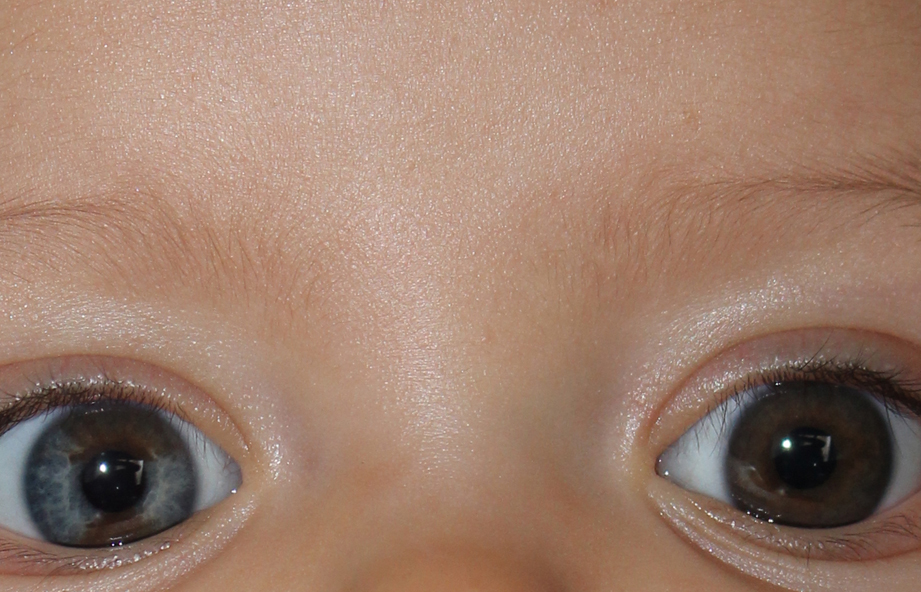Waardenburg-like somatic mosaicism.

Downloads
DOI:
https://doi.org/10.26326/2281-9649.29.3.2011How to Cite
Abstract
The color of the human iris depends on a single pigment, the melanin present in the iris, whose variable quantity is responsible for its chromatic variations. The association of heterochromia of the iris and white forelock is reminiscent of Waardenburg syndrome. Another characteristic feature of this syndrome is sensorineural deafness. The presence or absence of lateral displacement of the internal cantus of the eye - dystopia canthorum - makes us speak of Waardenburg syndrome type I, associated with mutations of the PAX-3 gene, or type II associated with mutations of the MITF gene (1, 2). The normal auditory brainstem response and the presence of manifestations of the eye, hair and skin only on the right hemisome led us to the diagnosis of ocular-tricho-cutaneous segmental depigmentation due to probable somatic mutation.
